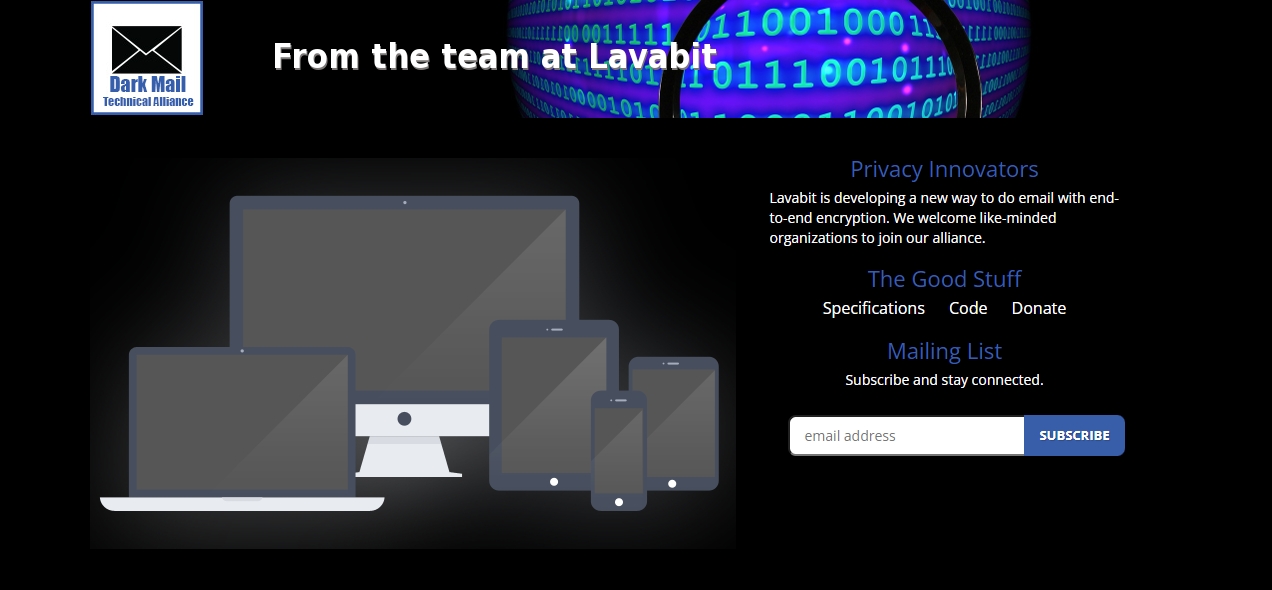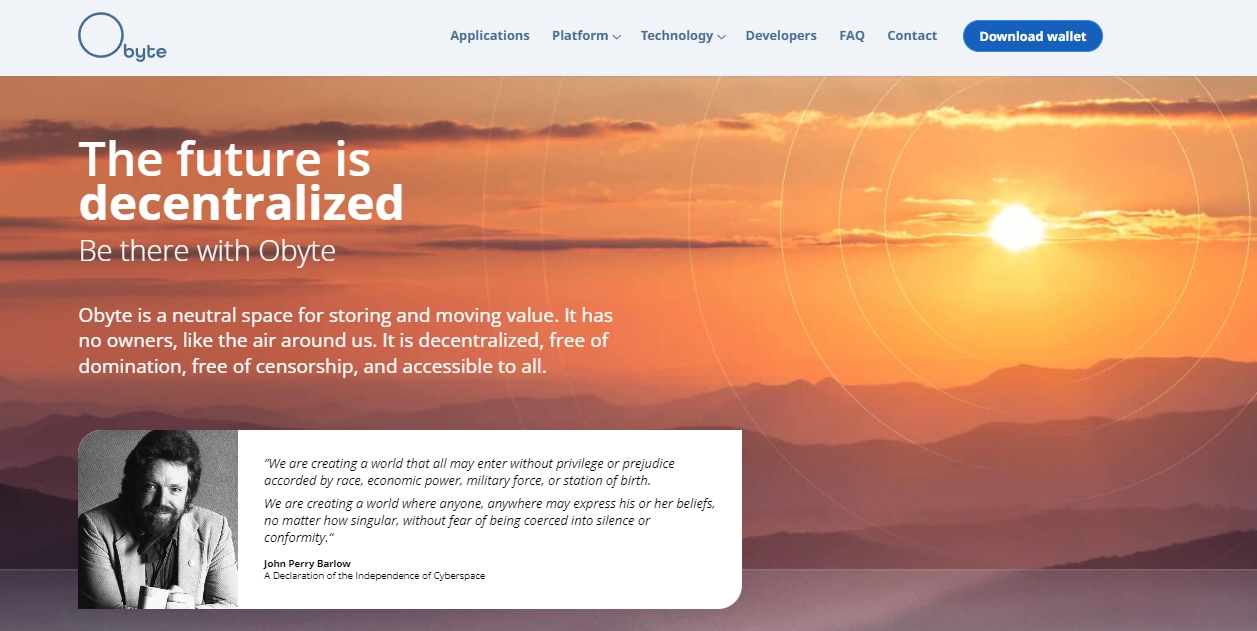Cryptography can be used to have not only decentralized and private money but also private communications. The activists known as cypherpunks knew this too well, and that’s why not only Bitcoin came out from
Born on February 12, 1954, in Camden, New Jersey,
However, the interesting part is that he was also an anti-nuclear activist.
Amidst the shifting geopolitical landscape of the early 1990s, Zimmermann's focus pivoted towards cryptography, recognizing its potential to safeguard private communications in an increasingly interconnected world. It was during this period that he would join the cypherpunks and create his ‘magnum opus’.
Pretty Good Privacy (PGP)
This is a thing even Satoshi Nakamoto used to protect his emails, and it’s still widely used as a standard to achieve private communications. Developed in 1991, PGP is an encryption software designed to secure email messages. Zimmermann's motivation behind PGP was rooted in his concerns about government surveillance and the need for accessible cryptographic tools to protect individual privacy.
“It's personal. It's private. And it's no one's business but yours. You may be planning a political campaign, discussing your taxes, or having a secret romance. Or you may be communicating with a political dissident in a repressive country. Whatever it is, you don't want your private electronic mail (email) or confidential documents read by anyone else (...) PGP empowers people to take their privacy into their own hands. There has been a growing social need for it. That's why I wrote it.”
As for its internal features, PGP uses a pair of cryptographic keys for each user—a public key and a private key. The public key, which is freely distributed, is used by others to encrypt messages intended for the user. Meanwhile, the private key, kept confidential by the user, is used for decrypting these messages.
When someone wants to send an encrypted message to a PGP user, they obtain the recipient's public key. Using this key, they encrypt the message, ensuring that only the intended recipient, who possesses the corresponding private key, can decrypt and read it. This process provides confidentiality for the message.
Additionally, PGP supports digital signatures, enabling users to verify the authenticity and integrity of emails. By hashing the message and encrypting the hash with their private key, senders create digital signatures that recipients can verify using the sender's public key.
After PGP
Back then, the US government considered cryptographic tools as weapons, and that’s why Zimmerman was investigated by authorities for the free distribution of PGP. Luckily, they dropped the case in 1996 without charges, and the cypherpunk founded PGP Inc., along with a new release of PGP. The company in charge of maintaining the software was eventually sold to Symantec in 2010.
Following the success of PGP, Zimmermann has also been involved in various ventures aimed at bolstering digital security and privacy. In 2012, he co-founded Silent Circle alongside Mike Janke and Jon Callas, focusing on developing secure hardware and subscription-based software solutions. Additionally, Zimmermann collaborated with other key figures from Silent Circle and Lavabit (an encrypted webmail service) to establish the Dark Mail Alliance in 2013, with the objective of creating a new protocol to enhance email encryption, addressing limitations in PGP.
Beyond his cryptographic endeavors, Zimmermann extended his influence to social networking platforms, advocating for ethical and privacy-centric alternatives to mainstream platforms like Facebook. His involvement in the social network
Zimmermann's contributions have been widely recognized, with numerous awards acknowledging his pioneering work in cryptography and advocacy for digital rights. From inductions into halls of fame to prestigious accolades such as the Louis Brandeis Award from Privacy International and the Norbert Wiener Award for Social and Professional Responsibility, Zimmermann's legacy continues to resonate within the realms of technology and human rights advocacy.
In a world of surveillance
There’s a thing called “the Zimmerman law” that refers to
PGP can help us to protect our privacy and digital rights, but it’s not the only tool available for that.
In addition to its financial features, where
This feature enhances user privacy by enabling them to freely communicate without a company or government behind them, thus providing a comprehensive solution for both financial transactions and private messaging. As a result, we can say that Obyte is empowering users with a versatile platform for conducting secure and private interactions worldwide.
Read more from Cypherpunks Write Code series:
Featured Vector Image by Garry Killian /
Photo by



